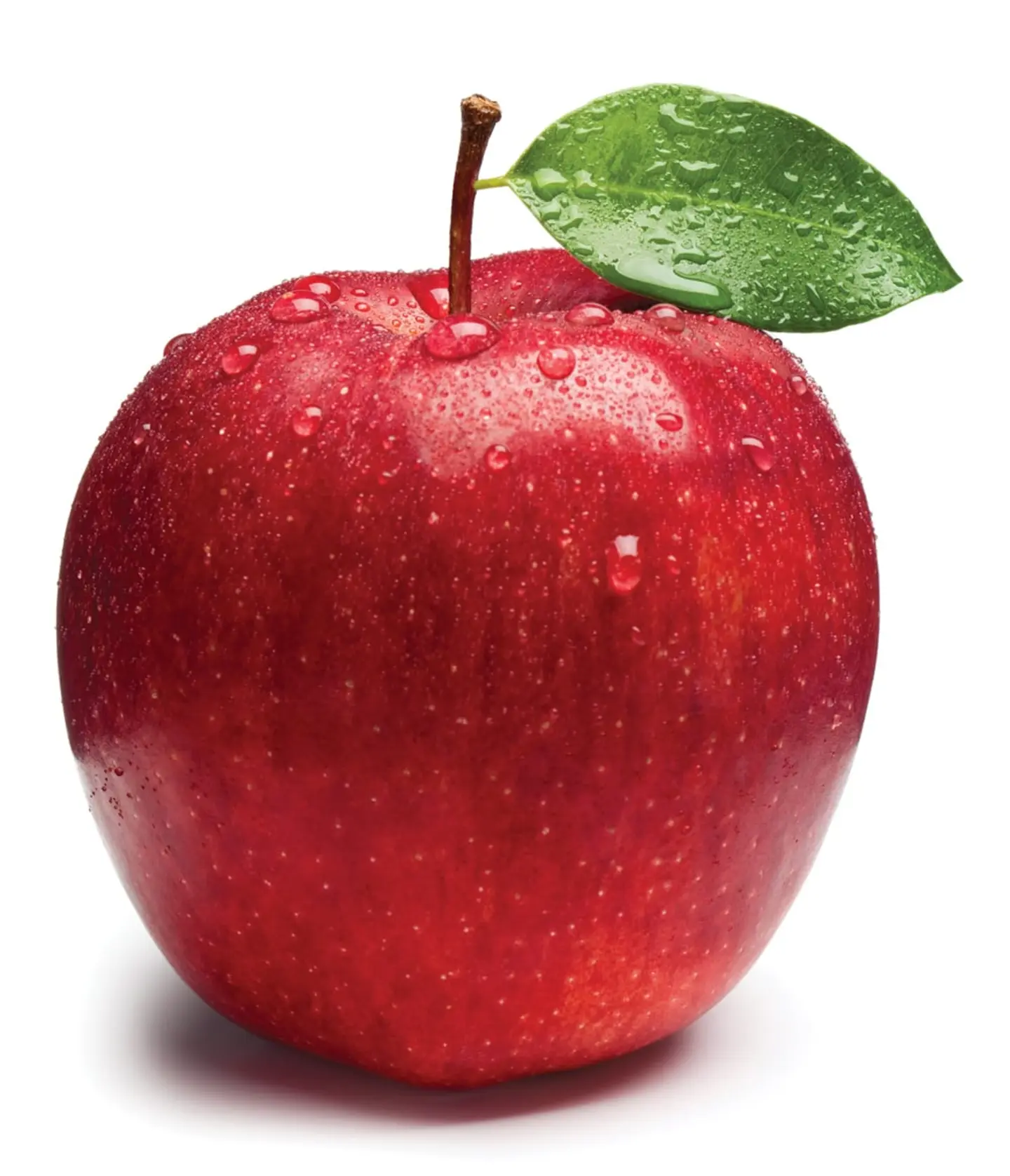Machine learning and what UX designers need to know!
Published on February 17, 2017 by Maliheh Aghanasiri
After watching the Amazon Go store video that shows the awesome ‘Just Walk Out’ Shopping experience (https://www.amazon.com/b?node=16008589011 ), I decided it is the time to learn more about machine learning and how it can be related to UX! With some quick research here is what I have learned and how it applies to UX designers:
Why should we know about machine learning (why is it so exciting)?
As UX designers we need to know where technology is headed! In the last decade the use of machine learning has spread rapidly throughout computer science and beyond. Machine learning is used in Web search (when you just type half of a word and google gives you suggestions), spam filters, recommender systems, ad placement, credit scoring, fraud detection, and many other applications.
Machine learning enables machines to learn! A feature that was associated particularly with humans but not machines. Using machine learning algorithms, When the data is fed to machine, it can understand your personality, expectations and start communicating with you based on its learning about your preferences.
This is very useful if used in right sense. Machines can connect the dots and provide you options based on your interests. This can provide a productive, informative communication which even might be better than human to human communication. The potential that machine learning adds to technology, opens the door to great design opportunities.
What is machine learning in general?
Machine learning (ML) is a subfield of computer science and artificial intelligence (AI) focusing on the design of systems that can learn from and make decisions and predictions based on data.
A surprising fact for me was that, machine learning is not something new!! It has started as far back as the 1950s, when computer scientists figured out how to teach a computer to play checkers. From there, as computational power has increased, so has the complexity of the patterns a computer can recognize, and therefore the predictions it can make and problems it can solve.
Machine learning (ML) enables computers to act and make data-driven decisions rather than being explicitly programmed to carry out a certain task. ML programs are also designed to learn and improve over time when exposed to new data.
How can the machine learn?
All machine learning tasks can be classified in several categories. Two main methods that a machine can use to learn from a data set are: supervised ML and unsupervised ML.
Supervised ML is when a program is “trained” on a pre-defined dataset. Based off of its training data, the program can make accurate decisions when given new data. The recommendations at Amazon, Facebook, Google, Netflix contains supervised learning techniques.
Unsupervised ML is where a program, given a dataset, can automatically find patterns, similarities and relationships in that dataset. For more complicated tasks such as face recognition, image classification, speech recognition, self-driving car or predictions both supervised and unsupervised learning algorithms are used.
What is the difference between supervised and unsupervised?
To better understand what the computer is doing when using machine learning, suppose you have a basket and it is filled with some different types of fruits and your task is to arrange them as groups. (Read here for the full article: http://dataaspirant.com/2014/09/19/supervised-and-unsupervised-learning/
We have four types of fruit: apple, banana, grapes and cherry.
The task of organizing fruits can happen in either a Supervised approach or an Unsupervised approach.
Supervised approach is when you already know what factors differentiate each fruit from another one. For example, imagine you are the machine and you know that the Red, Big and Rounded shape are representing apples and Red, Small, Heart-shape are representing Cherry. Knowing this information can help categorizing fruits.
In contrast, in an unsupervised approach, this time, you don’t know anything about the fruits, honestly saying this is the first time you have seen them. You have no clue about those. So, how will you arrange them?! What will be your fist task?! You will take a fruit and you will arrange them by considering the physical character of that particular fruit. Suppose you have considered color. Then you will arrange them on considering base condition as color. Then the groups will be something like this.
RED COLOR GROUP: apples & cherry fruits.
GREEN COLOR GROUP: bananas & grapes.
So now you will take another physical character such as size.
RED COLOR AND BIG SIZE: apple.
RED COLOR AND SMALL SIZE: cherry fruits.
GREEN COLOR AND BIG SIZE: bananas.
GREEN COLOR AND SMALL SIZE: grapes.
Now you have organized the fruits in an unsupervised approach.
Want to know more?
The importance of Machine Learning for future science, engineering and design is evident. As a UX designer, the more you know about the design opportunities and limitations around it, the more well informed you will become and as a result you can take advantage of applying technology if needed to the design of everyday activities, products or services and make experiences which were impossible before, such as “Just walk out” shopping experience at Amazon Go stores where it is not required anymore to stand in lines or spend time for the payment process.
If you are interested to know more about machine learning and what is the future of it, I found below articles helpful:
http://www.dataversity.net/the-future-of-machine-learning-trends-observations-and-forecasts/
http://blog.algorithmia.com/machine-learning-trends-future-artificial-intelligence-2016/
Please feel free to share your thoughts with me via email ma.aghanasiri@gmail.com
 Maliheh (Mali)
Maliheh (Mali)
Empathize > Define > Ideate > Design > Test
I am a Research and design Associate in the User Experience Center. Prior to joining the UXC, I worked at Cincinnati Children’s Hospital Medical Center as a UX designer, designed and assessed usability of the web-based application for genomic researches in a multidisciplinary team. I earned my Master of Design degree from University of Cincinnati. And my BFA in industrial design from University of Tehran. Currently, I am pursuing a Master of Science in Human Factors in Information Design at Bentley University.
You can see my full resume on LinkedIn and reach out to me via ma.aghanasiri@gmail.com
BACK TO ALL UXC BLOGS
Let's start a conversation
Get in touch to learn more about Bentley UX consulting services and how we can help your organization.


